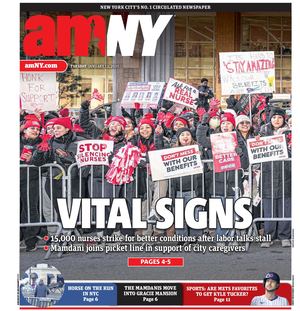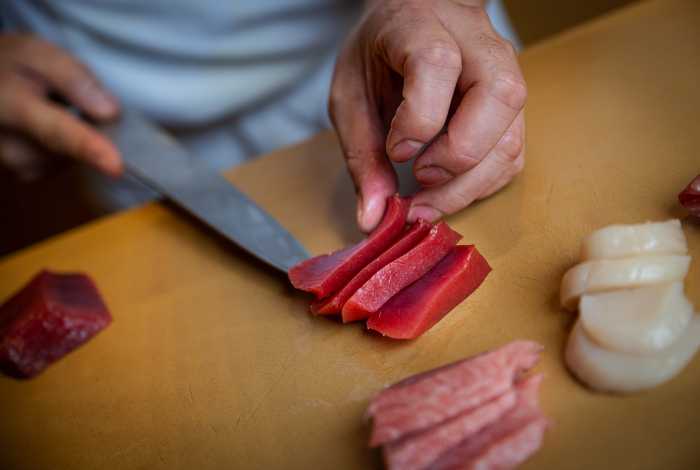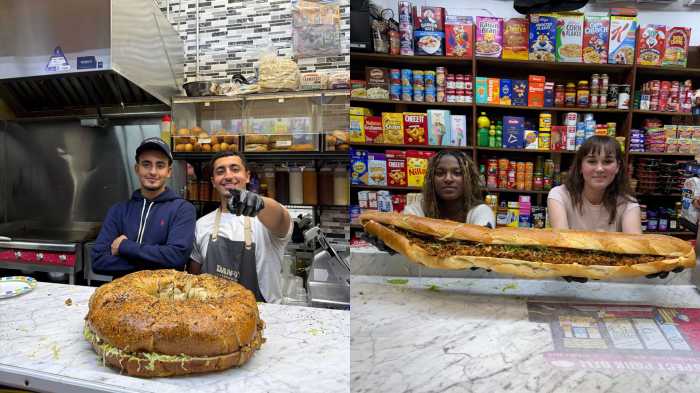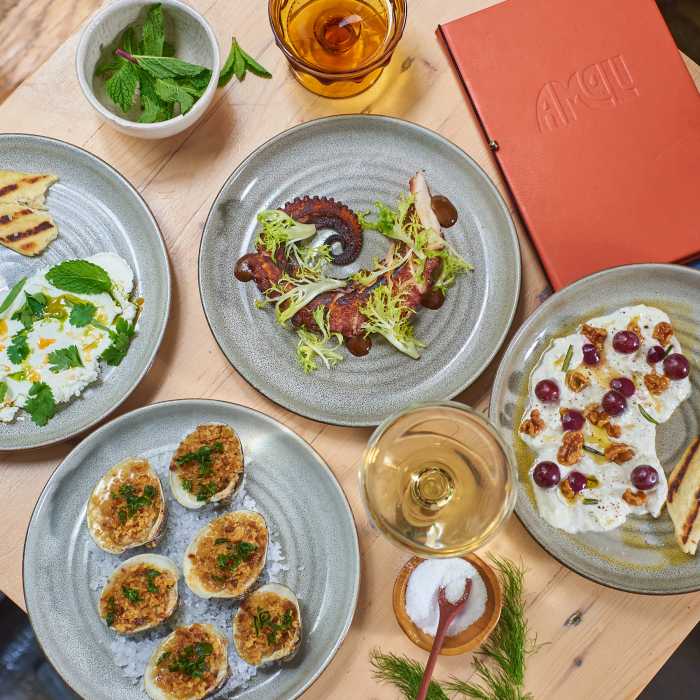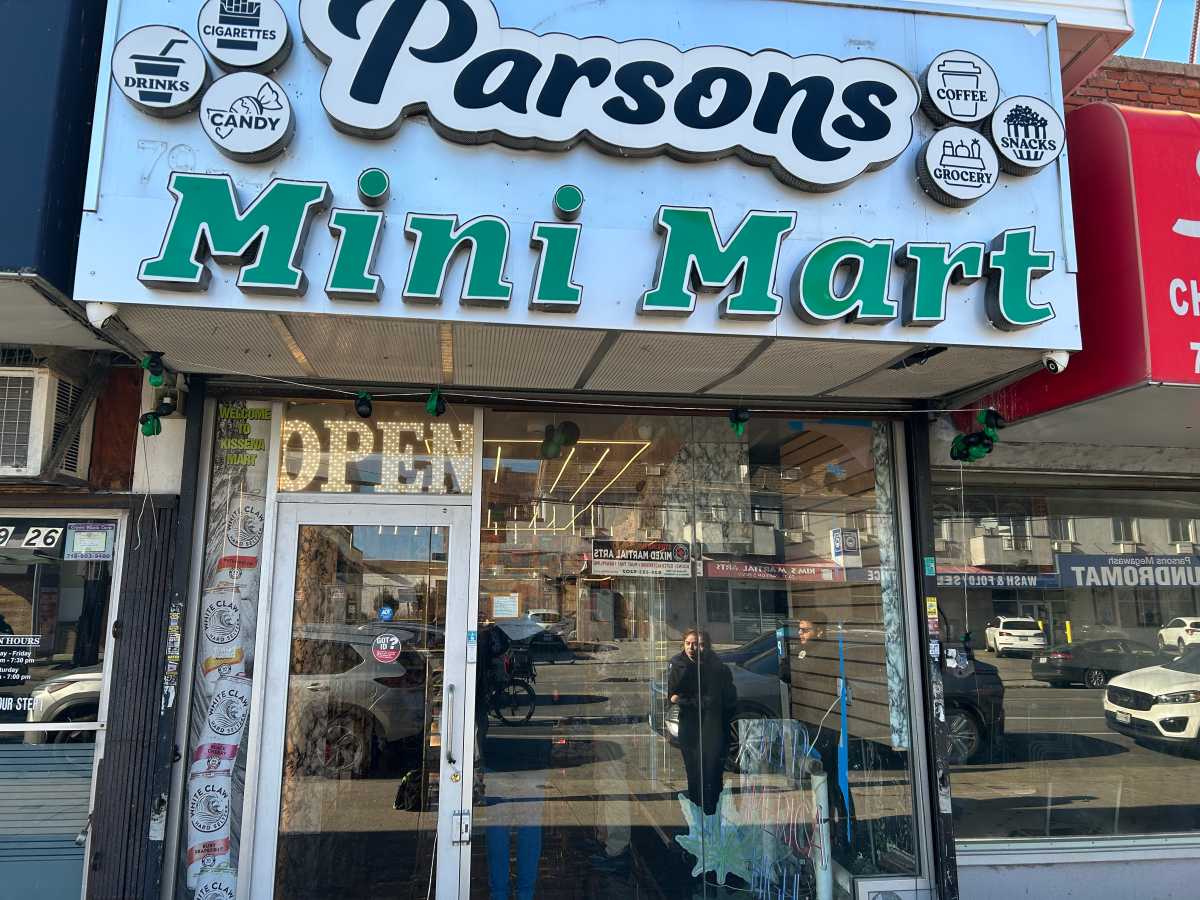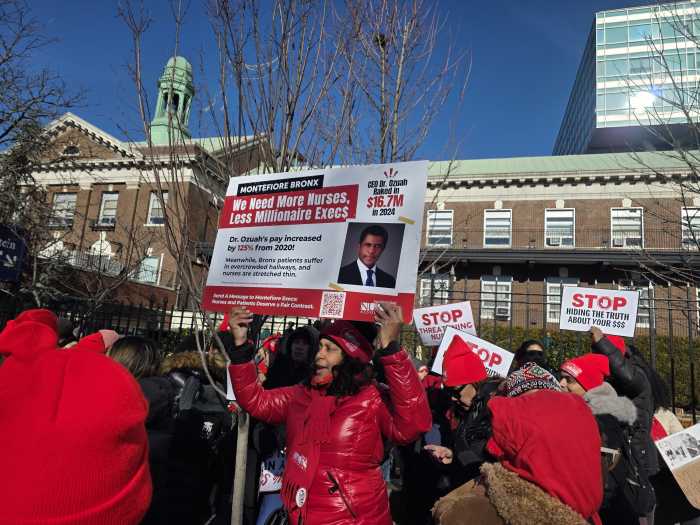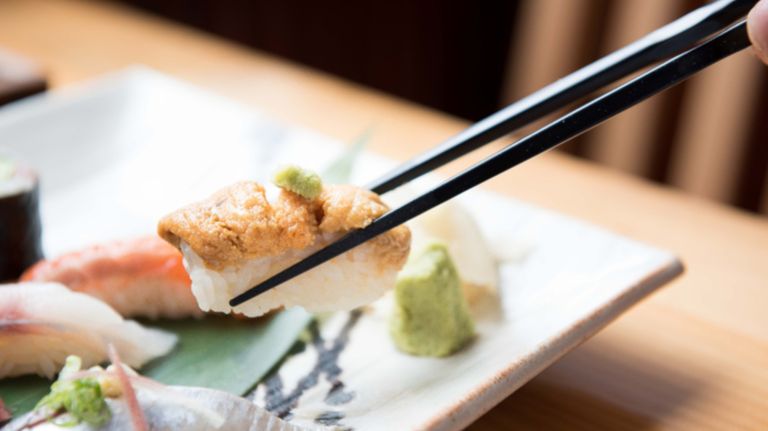
There are many aspects of John Hughes’s seminal 1985 film, “The Breakfast Club,” that haven’t aged well. There’s the blatant sexual harassment, the reliance on mainstream beauty standards, and of course, the fact that none of the five students in detention that Saturday would be bored in today’s cellphone-crazed world. But perhaps most shocking of all is watching bad boy John Bender (Judd Nelson)’s puzzled reaction to Claire (Molly Ringwald)’s lunch of choice. While the other teens pull sandwiches and potato chips out of their bags, the prom queen delicately places a black bento box, complete with soy sauce and chopsticks, on the table. “What’s that?” Bender asks, a disgusted look on his face. Claire replies, “Sushi … Rice, raw fish, and seaweed.” Duh.
Now that sushi restaurants seemingly grace every corner, and maki rolls are so commonplace that they’re sold at 7-Eleven, it’s difficult to imagine that the Japanese cuisine was ever a foreign concept. But the ubiquity of sushi in the 34 years since Hughes’s famous scene has led to the rise of another culinary trend borrowed from Japan, that of omakase.
Defining a trend
Omakase, which in Japanese means “I’ll leave it up to you,” is an extended, multicourse meal that’s ideally eaten at a chef’s counter. It can be sushi or teppanyaki, carnivorous or vegan, and it can last several hours or end in minutes. There might be a set menu that walks you through each course, or there might simply be a price — usually a high one. The one common thread throughout all omakase meals, though, is the complete and utter trust of the chef.
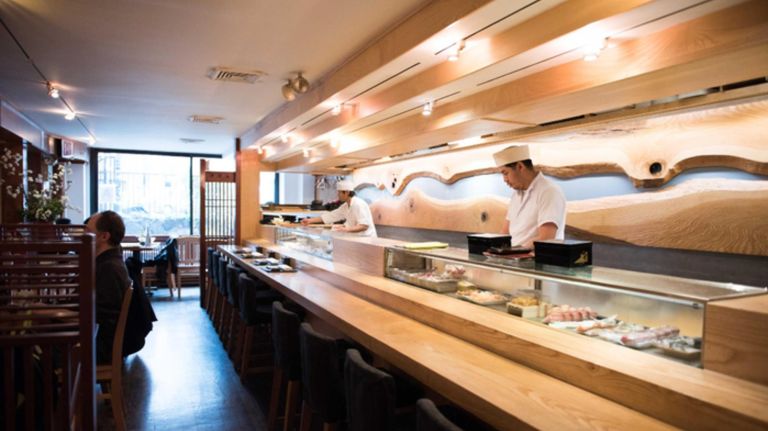
“Omakase in the U.S. is more of a thing than it ever really was in Japan,” says Trevor Corson, author of “The Story of Sushi: An Unlikely Saga of Raw Fish and Rice.” “But that’s only because omakase has always been sort of the default in Japan.” He explains that traditionally, Japanese restaurants have daily set menus that highlight locally sourced ingredients and whatever is in season. “Chefs know what tastes best at any given time of year, so it’s just taking advantage of their expertise,” the writer says. “Really, sushi should always be omakase in the sense that it should always be trusting the chef.”
But the rise of omakase in the United States has been recent, and understanding that pivot means first understanding Japanese food’s cultural history in America. “Japanese food has definitely become one of the most popular cuisines we have, but it’s evolved quite differently than other types of food,” says Sakura Yagi, the chief operating officer of the T.I.C. restaurant group. Her father, Bon Yagi, opened his first restaurant, Hasaki, in the East Village roughly 20 years after first arriving to the states from Japan and in response to the many sushi restaurants opening in midtown that catered to Japanese businessmen but were high in price. “Because it was initially brought over for expats rather than for the American market,” Sakura says, “we didn’t have the Americanization of Japanese food in the same way that other cuisines have.” (Of course, American creations like the California roll and avocado sushi would come later.) Once Americans did latch onto the concept in the 1980s and ’90s, “there was this fascination with something that was so out there and foreign,” she says.
The search for something new
“A big part of sushi consumption in the U.S. all along has been our desire to have something exotic,” adds Corson. As “The Breakfast Club” lunch scene conveys, it was largely a status symbol — that is, there is a reason rich girl Claire is holding the chopsticks and not, say, nerd Brian Johnson. “But once that wears off and everyone is eating it,” notes Corson, "we’re looking for the next best thing, the next level.”
Enter omakase.
Much of American sushi has come to include ingredients that are far from traditional, but in recent years, many chefs, foodies and adventurous eaters have realized that there are many behind-the-scenes ingredients they had never before tasted. “Suddenly, that exotic cache returns when you say, ‘let’s go have the real sushi,’” says Corson. Omakase presented diners with a fun, new way to experience sushi while bringing back the status, clout and “in-the-know” feeling that the cuisine originally carried. Sushi restaurants have caught onto this effect and have taken advantage of it by introducing omakase menus to their spaces.
Creating a dialogue
But as omakase in New York has grown, “it has also become synonymous with high-end eating,” says Yagi, and that’s not necessarily the best way to experience the meal. “Traditionally, the trust that you’re putting in the chef’s hands should be cultivated through a relationship,” she says. “That’s why you’re at a counter; you’re supposed to be talking to the chef and hearing about why certain items were selected that day and how they are prepared.”
Many of the city’s original omakase spots — that is, those that were offering omakase and its “thinking for the other person” mentality long before it was cool — like Yagi’s 16 restaurants, still uphold the importance of dialogue between chef and customer. As Corson says, “once you find a sushi chef who’s traditionally trained and you get to know them and they get to know you and what sort of experience you like, you end up having more variety because there’s a relationship there.” And while this bond has been lost at many of the newer omakase restaurants in New York, as well as those that boast prices prohibitive to anything more than once yearly meals, there are some new Japanese restaurants that, despite entering the scene only in the wake of omakase’s soaring popularity, have made a point of maintaining its traditions.
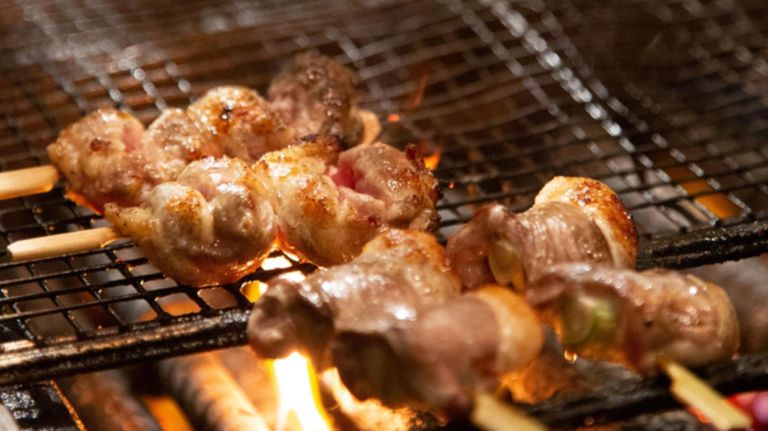
Shuraku, a small gem with a few tables and a long chef’s counter, tucked away in the West Village, opened its doors in late 2017, when owner and chef Joe Conti left a 20-year long career in corporate America and pursued his love of Japanese food and culture. “Part of what I try to do with my restaurant is bring the experiences I had in Japan to New York City,” he says.
The open kitchen concept so common to omakase reminded Conti of his childhood in a big, Italian family, and he loved the idea of using only the best and most in-season ingredients in his restaurant, but Shuraku differs from other omakase spots in one major way. “Most Americans have this idea that omakase can only be sushi,” says Conti, “But we always wanted to create a unique experience that really made us special.” Therefore, in addition to a few courses of raw fish, Shuraku also makes use of high-level Japanese grilling, often serving different types of beef and chicken alongside oceanic dishes. The restaurant tries to rid omakase of any formality as well, often inviting patrons to take part in conversation with the chef beyond what delicious food is in front of them. “That’s the great thing about having an Italian, white guy behind the counter,” jokes Conti. “I can escape from the Japanese tradition and sit down and have a beer with you.”
Unlike the waffle cone hand roll or the sushirritto trends, omakase is rooted strongly in Japanese tradition and offers enough flexibility and interpretation to chefs and diners that it’s easy to see how its popularity could grow. But some, like Conti, think that other aspects of omakase, like its seating arrangement, will also prevail.
“At a sushi counter, you’re sitting next to the person you’re with rather than three feet across from them,” he says. “It’s more intimate, and you’re then experiencing the food together as it’s being put directly in front of you.”
